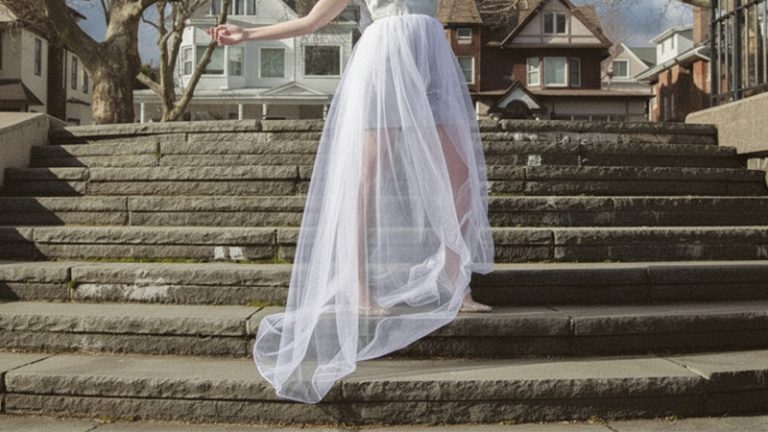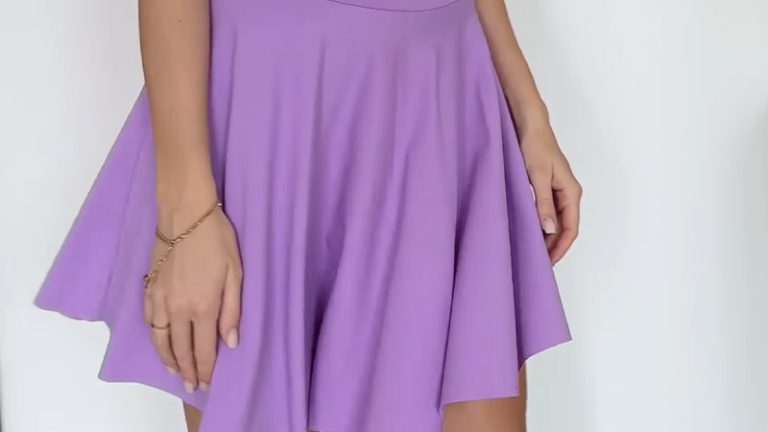
Pattern Description:
This soft turtle pattern creates a cuddly fabric toy with a rounded shell, four legs, a head, and a tail. The shell can be made in bright prints or solids, making each turtle unique.
It’s beginner-friendly, uses basic sewing techniques, and includes printable pattern pieces for easy cutting.
Materials Needed & Measurements:
- Fabric: Small cuts of cotton, flannel, or scraps (different prints for shell, body, and underside).
- Stuffing: Polyester fiberfill.
- Notions: Sewing machine, thread, scissors, pins, hand-sewing needle, iron, and optional fabric marker.
- Measurements: Finished turtle measures roughly 9-10 inches long (from nose to tail).
Abbreviations Used:
- RS = Right Side of Fabric
- SA = Seam Allowance
10 Steps for Making the Fabric Turtles Pattern:
1. Preparing the Pattern Pieces

Start by printing the turtle pattern pieces. Cut out each template carefully along the outline. You’ll have pieces for the shell (top), belly (bottom), head, four legs, and tail. Trace these shapes onto your chosen fabrics using a fabric marker or pencil.
2. Cutting Fabric

Choose two or more fabric prints for contrast. For instance, use a bright patterned fabric for the shell and a solid color for the underside and body parts. Cut:
- 1 top shell piece
- 1 bottom shell piece
- 1 head piece (cut twice, mirror image)
- 4 leg pieces (cut eight in total, two per leg, mirror image)
- 1 tail piece (cut twice, mirror image)
Keep all pieces stacked and organized to avoid confusion.
3. Sewing the Small Body Parts(Legs, Head, and Tail)

- Pair each set of mirrored fabric pieces, RS together.
- Sew around the curved edges, leaving the flat edge open. Use a ¼” SA (or as marked on the pattern).
- Trim the curves by clipping small notches or using pinking shears to prevent bulk.
- Turn each piece RS out. Use a blunt tool, like the end of a chopstick, to push out corners neatly.
- Lightly stuff each part with fiberfill. Do not overstuff, keep them soft and flexible for easier assembly later.
4. Assembling the Shell

Place the top shell piece and bottom shell piece RS together. Pin around the edges to secure. Sew, but leave a 2-3 inch opening along one side so you can later insert the head, legs, and tail. After stitching, clip curves and turn the shell RS out. Press flat with an iron.
5. Positioning Body Parts

Before stitching the shell closed, insert the smaller parts:
- Slide the head into the front seam opening, aligning raw edges with the shell edge.
- Position legs at the sides and the tail at the back in the same way.
- Pin each securely in place so they face inward (stuffed parts pointing inside the turtle). Once the turtle is turned RS out, the parts will flip outward.
6. Closing the Shell

Sew around the shell edge again, this time securing the head, legs, and tail inside the seam. Leave a small gap unsewn (about 2 inches) for stuffing.
Clip curves to reduce bulk. Carefully turn the entire turtle RS out, pulling the head, legs, and tail outward.
7. Stuffing the Turtle

Fill the turtle shell with polyester fiberfill. Start with small tufts of stuffing to avoid lumps. Push fiberfill into the corners near each limb and head to maintain shape. Continue until the shell is evenly stuffed and firm, but not overstuffed.
8. Hand-Stitching the Opening

Once stuffed, close the remaining opening by hand. Use a ladder stitch (invisible stitch) for a neat finish. Knot securely and hide the tail of the thread inside the turtle.
9. Adding Details (Optional)

For extra character, you can:
- Embroider or sew on eyes using black thread or small buttons.
- Stitch decorative lines on the shell to mimic a real turtle’s segments.
- Use felt or appliqué to add unique designs to the shell.
10. Finishing Touches

Give your turtle a light press with the iron if needed (avoiding overstuffed areas). Smooth the seams and adjust stuffing for an even appearance. Your soft, handmade turtle is now ready to gift, display, or cuddle.
Download Free PDF:






